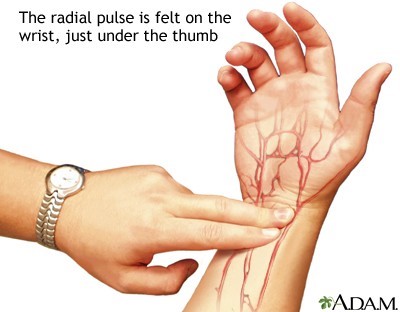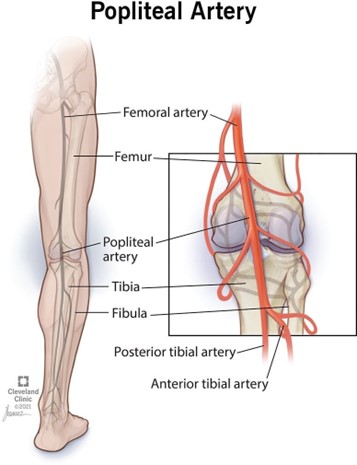As a result of the allergen-antibody reaction, mast cells release histamine:
False
True
The Correct Answer is B
As a result of the allergen-antibody reaction, mast cells release histamine.
This is because when mast cells are exposed to an allergen that binds to IgE antibodies attached to their FcɛRI receptors, they release histamine and other inflammatory mediators.
Histamine causes vasodilation, increased capillary permeability, mucus secretion, and smooth muscle contraction, which result in allergic symptoms such as itching, swelling, sneezing, and wheezing.
Mast cells do release histamine in response to allergen-antibody reactions. Some additional sentences are:
Normal ranges of histamine levels vary depending on the tissue and the method of measurement, but they are usually low in healthy individuals and elevated in allergic conditions.
Histamine can be degraded by enzymes such as diamine oxidase and histamine N- methyltransferase, or inhibited by drugs such as antihistamines.
Nursing Test Bank
Naxlex Comprehensive Predictor Exams
Related Questions
Correct Answer is A
Explanation

The radial artery is one of the major blood-supplying vessels to the forearm and hand.
It can be felt as a pulse near the thumb on the wrist by gently pressing the artery against the underlying bone.
This is the most commonly measured pulse by nurses to assess peripheral pulse characteristics.
Choice B.
Palmar arch arteries are wrong because these are branches of the radial and ulnar arteries that form anastomosis in the palm of the hand.
They are not palpable on the wrist.
Choice C.
The brachial artery is wrong because this is the main artery of the upper arm that bifurcates into the radial and ulnar arteries at the cubital fossa.
It can be felt as a pulse in the antecubital fossa, not near the thumb on the wrist.
Choice D
The Ulnar artery is wrong because this is another major blood-supplying vessel to the forearm and hand that runs along the medial aspect of the forearm.
It can be felt as a pulse on the little finger side of the wrist, not near the thumb.
Correct Answer is C
Explanation
The popliteal artery is a continuation of the femoral artery that runs through the back of the leg and the knee.

It is located in the popliteal fossa, a hollow space behind the knee. The popliteal pulse can be felt behind the knee.
Choice A is wrong because the thymus is a gland in the chest, not in the leg.
Choice B is wrong because the liver, spleen, and upper gastrointestinal tract are organs in the abdomen, not in the leg.
Choice D is wrong because the colon and rectum are parts of the large intestine, not the leg.
Whether you are a student looking to ace your exams or a practicing nurse seeking to enhance your expertise , our nursing education contents will empower you with the confidence and competence to make a difference in the lives of patients and become a respected leader in the healthcare field.
Visit Naxlex, invest in your future and unlock endless possibilities with our unparalleled nursing education contents today
Report Wrong Answer on the Current Question
Do you disagree with the answer? If yes, what is your expected answer? Explain.
Kindly be descriptive with the issue you are facing.
